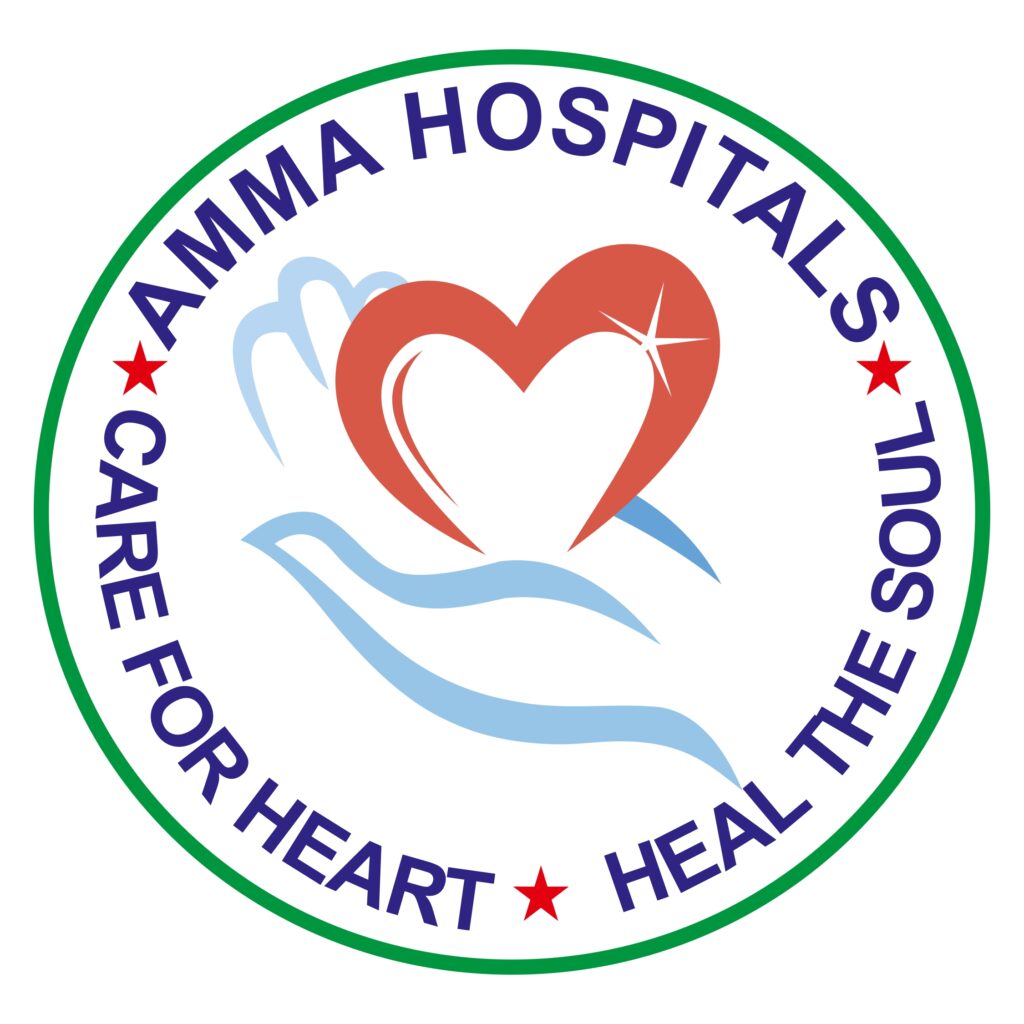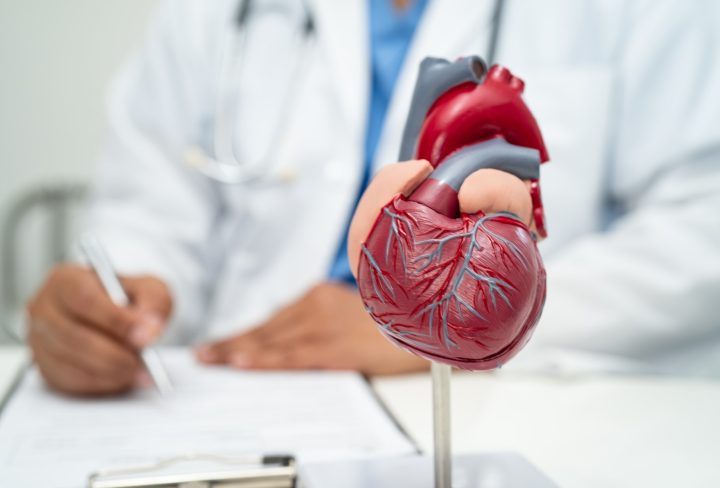Unveiling the Aortic Aneurysm
An aortic aneurysm occurs when the wall of the aorta, the body’s largest artery, weakens and bulges. There are two types—abdominal and thoracic. An abdominal aneurysm occurs in the stomach area, while a thoracic aneurysm is in the chest area.
Many people might not notice symptoms initially. However, symptoms can include:
- Sudden, severe pain in the back or abdomen
- Shortness of breath
- A pulsing sensation near the navel
If left untreated, it can lead to life-threatening complications.
Understanding Common Heart Conditions
Heart issues like heart attacks, angina, heart failure, and arrhythmias are also widespread. Each has unique characteristics:
- Heart attack: Blockage in heart arteries.
- Angina: Chest pain due to reduced blood flow.
- Heart failure: Heart can’t pump blood effectively.
- Arrhythmias: Irregular heartbeats.
These conditions typically have clearer warning signs compared to an aortic aneurysm and require different diagnostic approaches.
Spotting the Differences: Aortic Aneurysm vs. Heart Attack
Aortic aneurysms and heart attacks are serious but differ in causes. Aneurysms stem from weakened aorta walls, while heart attacks result from blocked arteries.
Here’s a simple table to understand the symptoms:
| Condition | Symptoms | |—————————|————————————————| | Aortic Aneurysm | Sudden back pain, pulsating abdomen, breathlessness | | Heart Attack | Chest pain, arm pain, shortness of breath |
Despite symptom overlaps, understanding these differences is crucial. Misreading symptoms could delay critical care.
Identifying Risk Factors: What Increases Your Chances?
Several factors affect your risk for an aortic aneurysm, such as:
- Smoking
- High blood pressure
- Genetic factors
For heart diseases such as heart attacks:
- Poor lifestyle habits
- Atherosclerosis
- Diabetes
Recognizing these similarities and differences is crucial for public health awareness.
Diagnosing the Conditions: Techniques and Importance
Detecting an aortic aneurysm often requires imaging tests like ultrasounds or CT scans. Heart attacks need tests like ECGs or blood tests to measure heart enzymes.
These diagnostics are vital as they direct the treatment path. In emergencies, these tools can save lives by providing accurate data quickly.
Acting Fast: Key Steps During Emergencies
If you or someone nearby shows symptoms:
- Call emergency services immediately.
- Provide clear info about symptoms to responders.
- Avoid self-diagnosing; seek professional help.
Remember, time is crucial. Fast action improves outcomes.
Treatment Pathways: Aortic Aneurysms vs. Heart Conditions
Treatment varies by condition. Aortic aneurysms might need surgery if they are large or growing. Options include open surgical repair or less invasive endovascular repair.
Heart attacks could require medications, like blood thinners, or procedures like angioplasty. Exciting innovations in treatment are emerging, such as minimally invasive surgeries, greatly enhancing patient recovery—especially within India’s evolving medical landscape.
Prevention Through Lifestyle Changes
Lifestyle changes can lower your risk for both aortic aneurysms and heart conditions. Consider these steps:
- Quit smoking
- Exercise regularly
- Maintain a healthy diet
Specific advice for aortic aneurysms includes keeping blood pressure in check. Regular check-ups help catch problems early.
Conclusion: The Importance of Being Informed
Knowing the differences and shared risks between heart conditions and aortic aneurysms is imperative. Awareness and proactive health steps can save lives. Stay informed by engaging in continuous learning and scheduling regular health appointments. Your heart will thank you for it.


